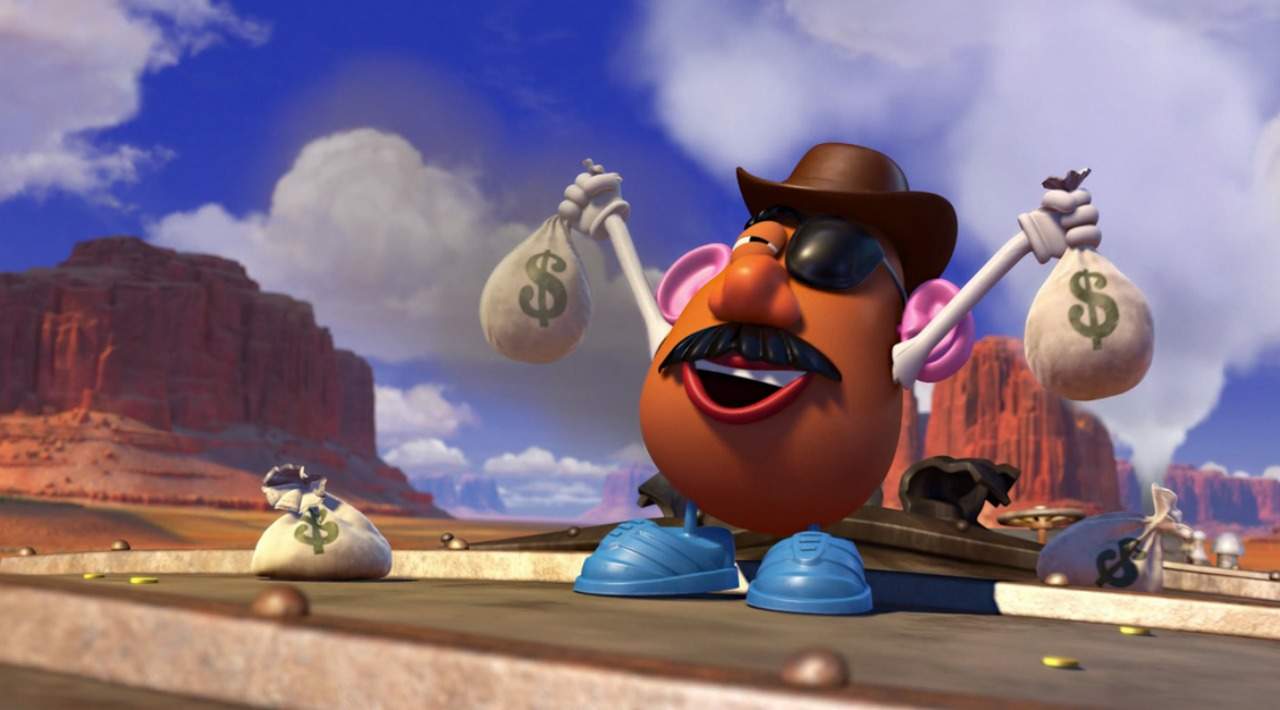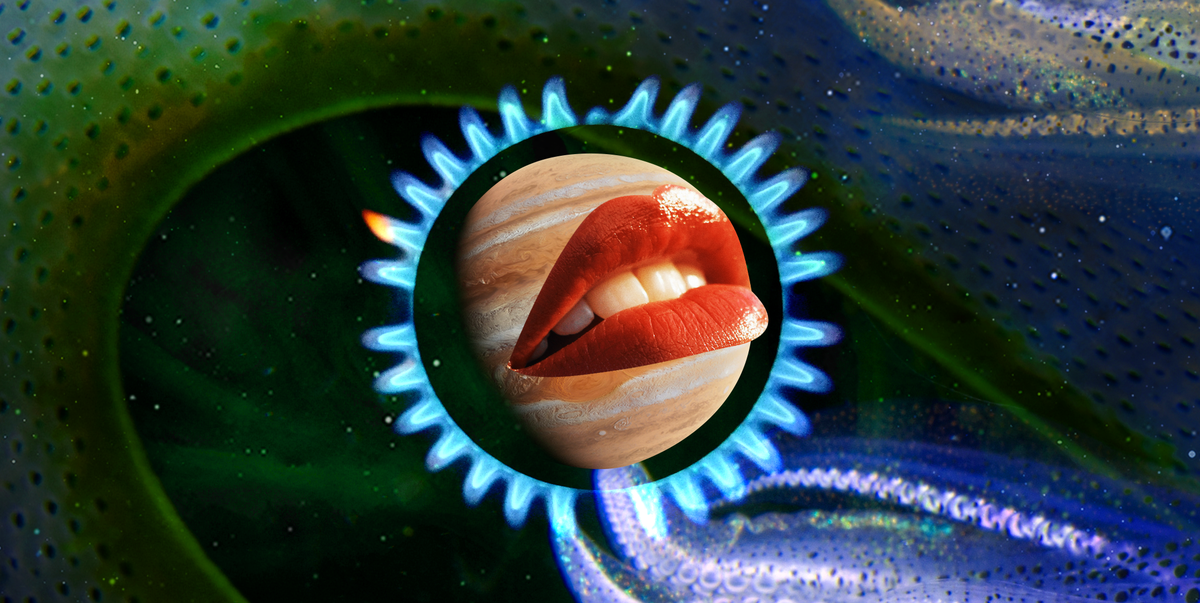Jobs
Today in Apple history: Steve Jobs prepares to take Pixar public

October 11, 1995: Steve Jobs files the paperwork to float Pixar Animation Studios on the stock market.
A turning point in Jobs’ life, the Pixar initial public offering turns him into a billionaire. But things very nearly don’t turn out so well.
Pixar IPO: A turning point for Steve Jobs
It may be because I write for a tech site, and therefore the Steve Jobs focus is always on Apple and NeXT, but Pixar often seems underrepresented when people talk about the Apple co-founder’s life.
Sometimes written off as a side investment for Jobs, his work at Pixar showed off his long-term vision. It also symbolized his post-Apple struggles as a businessman — and ultimately his astonishing turnaround and reinvention as a CEO.
Pixar marked Jobs’ entry into the entertainment industry, ultimately making him the single biggest shareholder in the Walt Disney Company and laying the groundwork for relationships he would later draw on for iTunes.
How Steve Jobs bought Pixar
Jobs first heard about Pixar, which was founded by Alvy Ray Smith and Ed Catmull, through Alan Kay, the legendary Xerox PARC computer scientist who went on to work for Apple. The animation studio emerged out of the computer graphics lab of George Lucas, director of Star Wars.
When Lucas went through an expensive divorce, Jobs bought out his share of the company. During negotiations, Jobs talked Lucas down from an initial offer of $15 million for his Pixar stock and a guarantee of another $15 million in funding for the company.
In the end, Jobs paid just $5 million and a guarantee of $5 million in funding for 70% of Pixar. They finalized the deal on February 3, 1986, shortly after Jobs left Apple following a failed boardroom coup.
Although Jobs got a good deal, it was a risk at the time. Pixar needed money to continue operations. And Moore’s law meant the company remained a decade away from realizing Smith and Catmull’s dream of generating a fully computer-animated movie.
Pixar: Movie studio or computer company?
Coming from a sales background, Jobs thought Pixar could pay its way as a hardware and software company for creatives — basically the same pitch he used at Apple.
Pixar had two main products for sale: RenderMan, a 3-D graphics rendering program that’s still used today, and the Pixar Image Computer, a high-end supercomputer. The Pixar Image Computer proved an unmitigated sales disaster. Throughout its life, the computer sold fewer than 300 units.
The computer’s main problem was its insanely giant price tag. The machine cost $135,000, but it also needed a $35,000 workstation from Sun Microsystems or Silicon Graphics to run. A second-generation version sold for “just” $30,000 — still far beyond reach for regular customers.
Hemorrhaging money, the only thing that kept Pixar alive during the late 1980s and very early ’90s was Jobs’ pride. He didn’t want to be seen as a one-hit wonder who founded Apple, then flamed out with NeXT and Pixar.
Pixar IPO makes Steve Jobs a billionaire
Fortunately, Pixar made a deal with Disney and began work on its first feature-length movie, Toy Story. Sensing a big hit, Jobs filed to take Pixar public on this day in 1995. The IPO followed on November 29, 1995, a week after Toy Story debuted in theaters.
The Pixar IPO made Jobs a billionaire at age 40 and set the stage for his astonishing comeback.









